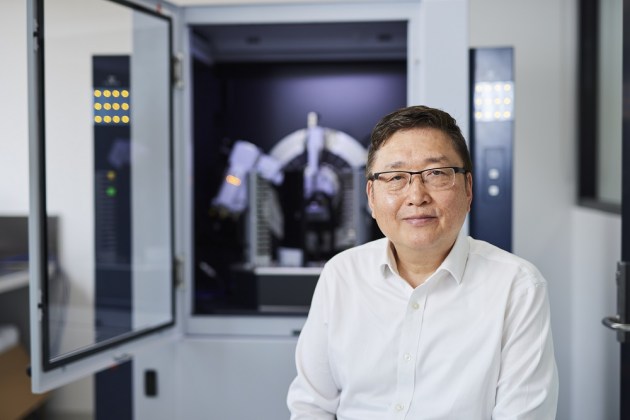An Australian led international team of researchers says it has developed a way of using polyethylene (PE) waste as a feedstock and converted it into valuable chemicals, via light-driven photocatalysis.
The University of Adelaide’s Professor Shizhang Qiao, chair of Nanotechnology, and director, Centre for Materials in Energy and Catalysis, at the School of Chemical Engineering, led the team which published their findings in the journal Science Advances.
“Plastic waste is an untapped resource that can be recycled and processed into new plastics and other commercial products,” said Professor Qiao.
“Catalytic recycling of PE waste is still in early development and is practically challenging because of chemical inertness of polymers and side reactions arising from structural complexities of reactant molecules.”

Current chemical recycling for PE waste is operated at high temperatures greater than 400 degrees centigrade that yield complex product compositions.
Ethylene is an important chemical feedstock that can be further processed into a variety of industrial and daily products, while propionic acid is also in high demand owing to its antiseptic and antibacterial properties.
“We have upcycled polyethylene plastic waste into ethylene and propionic acid with high selectivity using atomically dispersed metal catalysts,” Qiao said.
“An oxidation-coupled room-temperature photocatalysis method was used to convert the waste into valuable products with high selectivity.
“Nearly 99 per cent of the liquid product is propionic acid, alleviating the problems associated with complex products that then require separation.
“Renewable solar energy was used rather than industrial processes that consume fossil fuel and emit greenhouse gases.
“This waste-to-value strategy is primarily implemented with four components, including plastic waste, water, sunlight and non-toxic photocatalysts that harness solar energy and boost the reaction. A typical photocatalyst is titanium dioxide with isolated palladium atoms on its surface.”
The team’s work aims to address contemporary environmental and energy challenges, contributing to a circular economy. The team says it will be of use in further scientific research, waste management and chemical manufacturing.
“Our fundamental research provides a green and sustainable solution to simultaneously reduce plastic pollution and produce valuable chemicals from waste for a circular economy,” said Qiao.
“It will inspire the rational design of high-performance photocatalysts for solar energy utilisation and benefit the development of solar-driven waste upcycling technology.”






